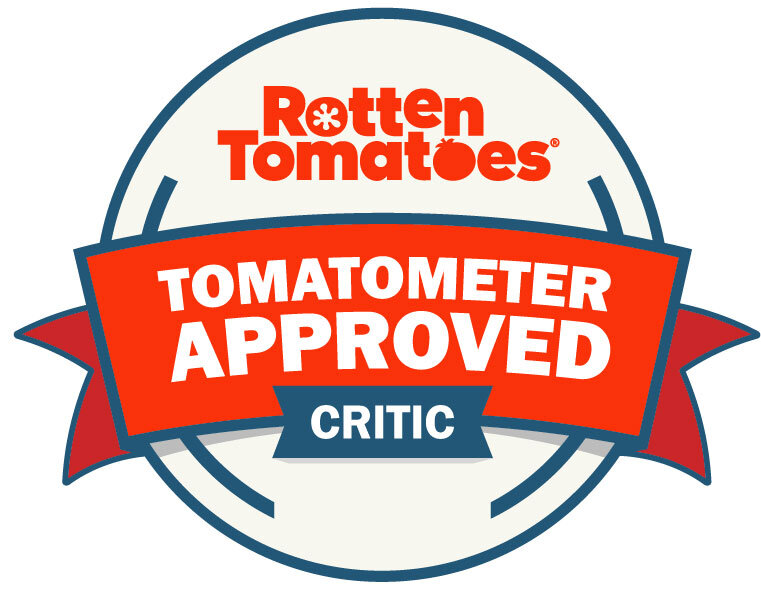Little House on the Shoulder
2008 // Switzerland - France - Belgium // Ursula Meier // May 19, 2010 // Theatrical Print (Webster University Moore Auditorium)
[Home was featured in a limited engagement on May 14-19, 2010 at the Webster University Film Series.]
B+ - Suffused with both balmy affection and a mounting aura of calamity, Ursula Meier's Home presents an unnerving portrait of a family floundering on the shoals of modernity. The director has described her film as a "road movie in reverse," and that seems as apt a description as any. While the archetypal road movie entails a journey outward to discover something of value, Home concerns itself with a family that has already found everything it needs, only to have its idyllic state disturbed, fractured, and ultimately pulverized by the movements of others. The film's clan—never graced with a surname—dwells in a modest house in the countryside, where an old, unfinished highway runs right through their front yard and has been re-purposed as the family's personal parking lot and street hockey rink. One night, asphalt trucks rumble down the road, and steel barriers spring up along the shoulder and the median. The metaphor is stark: the highway's abrupt completion sends cracks through the family's contented existence, disrupting their physical environment, their well-worn routines, and their interpersonal dynamics. However, Meier steers clear of tussles with central planning bureaucrats, or other Kafkaesque ordeals. Instead, she vividly explores the results of the family's perhaps blinkered determination to stick it out and carry on with their lives. And therein she discovers compelling insights into the fragile nature of domestic happiness and the anxious, bewildering character of contemporary life.
The family of Home is a boisterous nuclear tribe, which middle-aged father Michel (Dardenne veteran Olivier Gourmet) and mother Marthe (Isabelle Huppert) wrangle daily into some semblance of order. They are loving and liberated in the casual manner that only French families seem capable of achieving. Older daughter Judith (Adélaïde Leroux) smokes while bathing in the same tub with her kid brother, Julien (Kacey Mottet Klein), and they splash each other while their parents tease them in the cramped bathroom. Everyone is relaxed, except perhaps for middle daughter Marion (Madeleine Budd), who even in the earliest scenes possesses a simmering anxiousness. Meier and a gaggle of writers leave much unrevealed about the circumstances of the family's move to the country, which occurred years ago. There are hints that it was a shift undertaken by Michel for the benefit of Marthe's mental health, and that this particular house next to the abandoned highway has some obscure quality that puts her at ease. That ease ends, of course, when the road is tarred, striped, and re-opened for the tens of thousands of vehicles that eventually roar past the family's kitchen day and night.
Meier relies upon a lean, disciplined approach to storytelling that favors observation over exposition, where scenes are rigorously explored and yet not drawn out beyond what is necessary to convey a particular character detail or depict a fresh indignity wrought by the highway. There are no significant characters in Home other than the five family members, and each is a victim. Meier relishes devoting time to each, conveying their habits, flaws, and differing responses to their familial crisis, but her creations never betray a self-conscious quirkiness. Judith sunbathes and listens to heavy metal as if nothing has changed; Marion begins obsessing about car counts and pollution-borne illnesses; and Julien turns the highway into his own personal source of amusement. Michel just wants his family to remain happy and safe, but his demeanor betrays doubt. It is Marthe's behavior that seems to shift the most drastically, and not for the better. The highway makes her uneasy and distracted, and the ceaseless noise of passing cars prevents her from sleeping at night. She hallucinates oncoming headlights in the distance, and gazes across the road with a fugue-like vacancy, Meier's camera seeming to anticipate with palpable dread an oblivious, suicidal stroll across four lanes of barreling traffic. Huppert commands our attention with her creased femininity and escalating fearfulness, much as she did in Private Property, another splendid fable of threatened localities and riven family bonds.
Home posits a contemporary world where adaptation is tricky at best, and the resolve and optimism so cherished as virtues by the middle class become proverbial albatrosses. Meier doesn't comment on the fundamental unfairness and cruelty of the family's situation, and the film never suggests that the highway can be defied. It has been channeled past the clan's front door by inscrutable powers, a disruption as uncaring and irresistible as a hailstorm or marching army, but limitless in its duration. Instead of the civic melodrama of a family's struggle against powerful forces, Home presents the mesmerizing collision of human tenacity with a fundamentally untenable situation. The film's central question eventually snaps into focus: How long can the family keep up the pretense that their home is still livable? It's at once enthralling and sickening, as fixed in its outcome as a game of chicken between a man and locomotive, but no less nerve-wracking while it unfolds.
Meier displays an unwavering regard for the urgently personal dimensions of her story as well as an absorption with the willful transformation of environments. This latter impulse risks an ill-fitting element of the grotesque in the film's final act. The contradiction between Marthe's misery and her unwillingness to leave her home forces Michel to take measures that are almost cartoonish in their severity. However, in its closing scenes, Home's somewhat silly gambit—which finds the family sweating inside a sealed habitat, awash in junk and rotting food—pays off cannily as Marthe at last takes her liberation in her own hands. Crucially, the film is not concerned with charting the correct path for those who find themselves trod upon by modern life, but with critiquing the hang-together obduracy that tends to seize families in crisis. Meier suggests that this simplistic ethos threatens to minimize the reservations of some individuals, while lending outsized power to the dysfunctions of others. Ultimately, Home asserts that the longer that mere pluck is substituted for hard-eyed assessment and adjustment, the more traumatic our ultimate dislocation will be.









